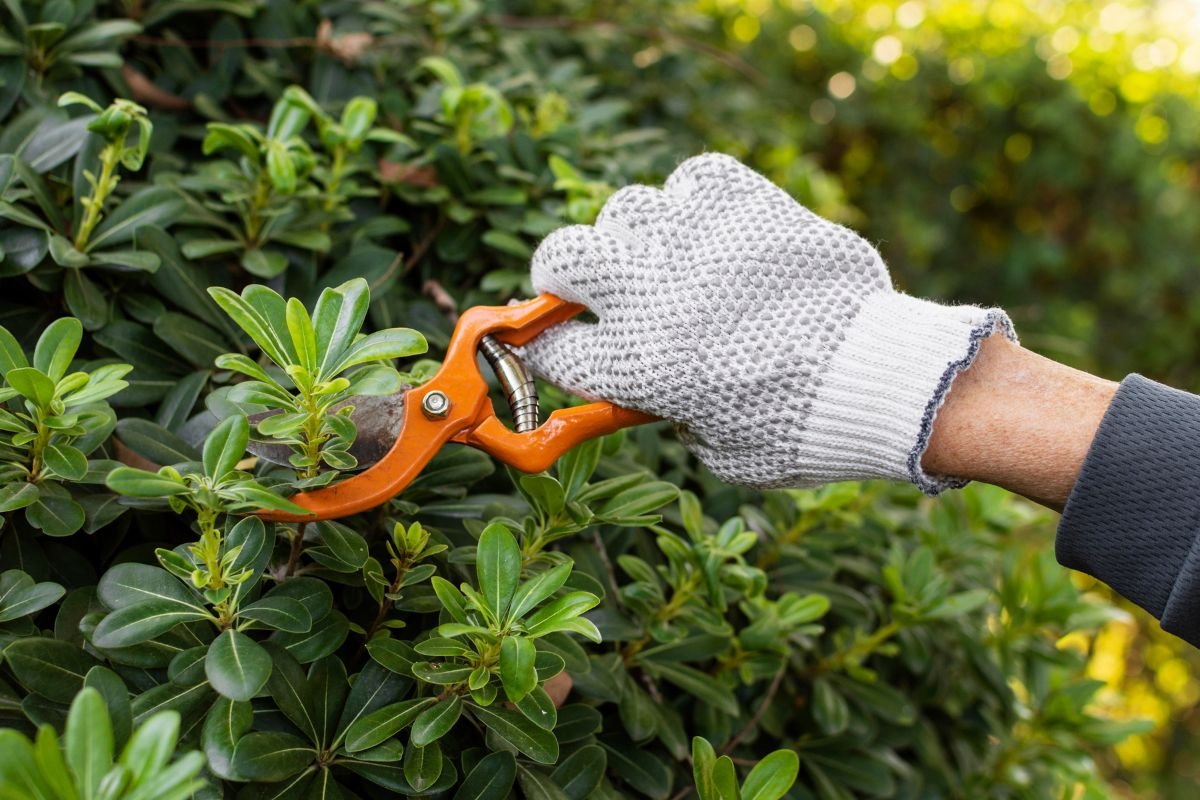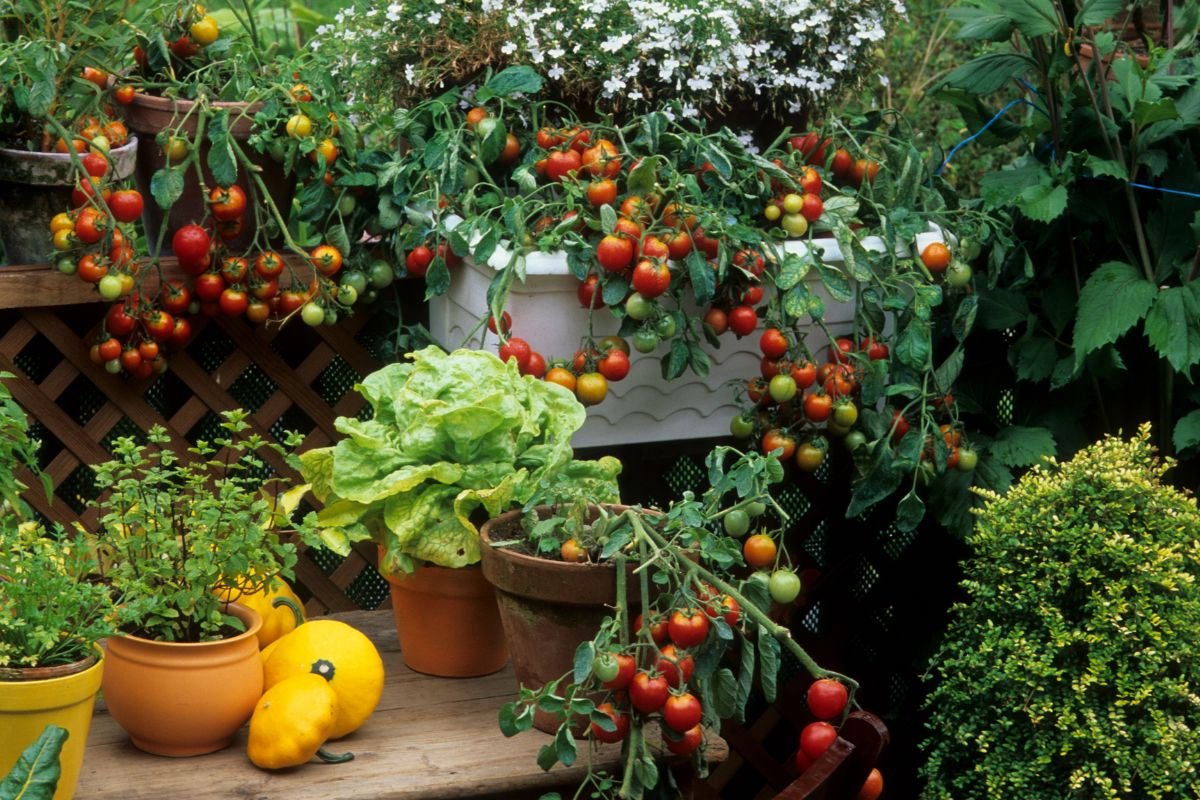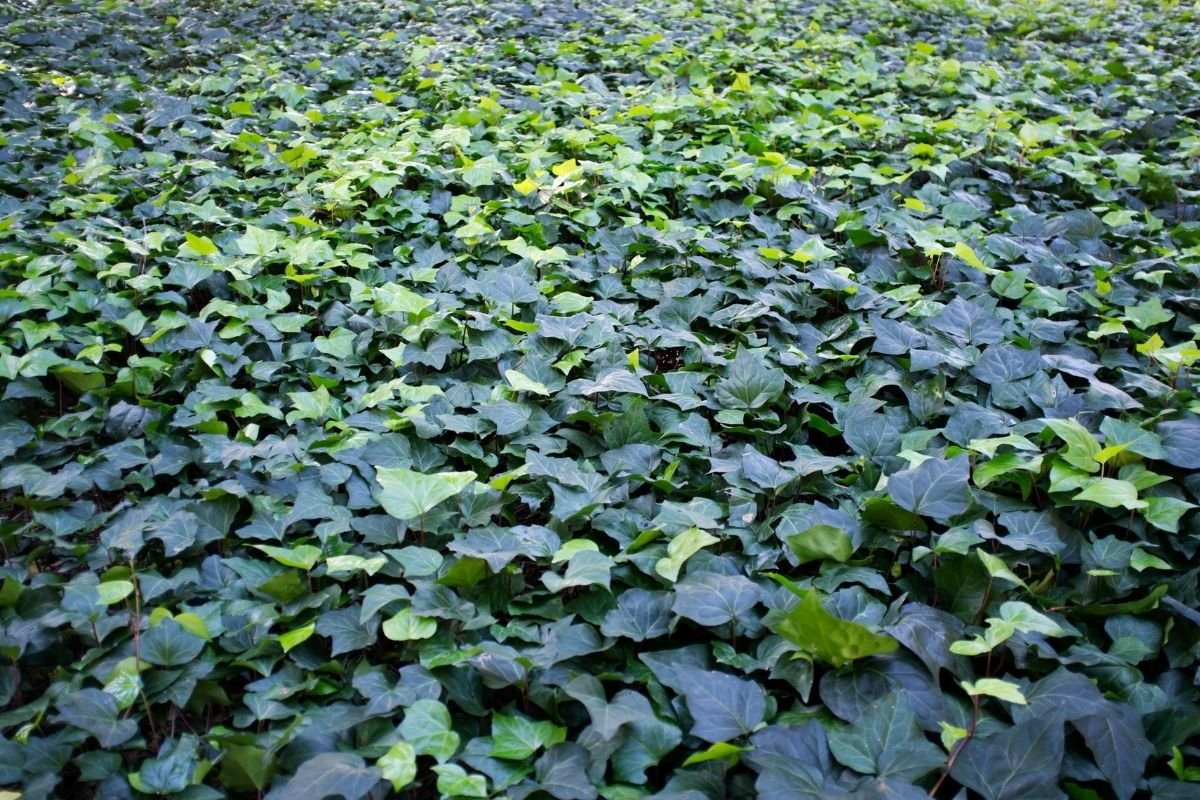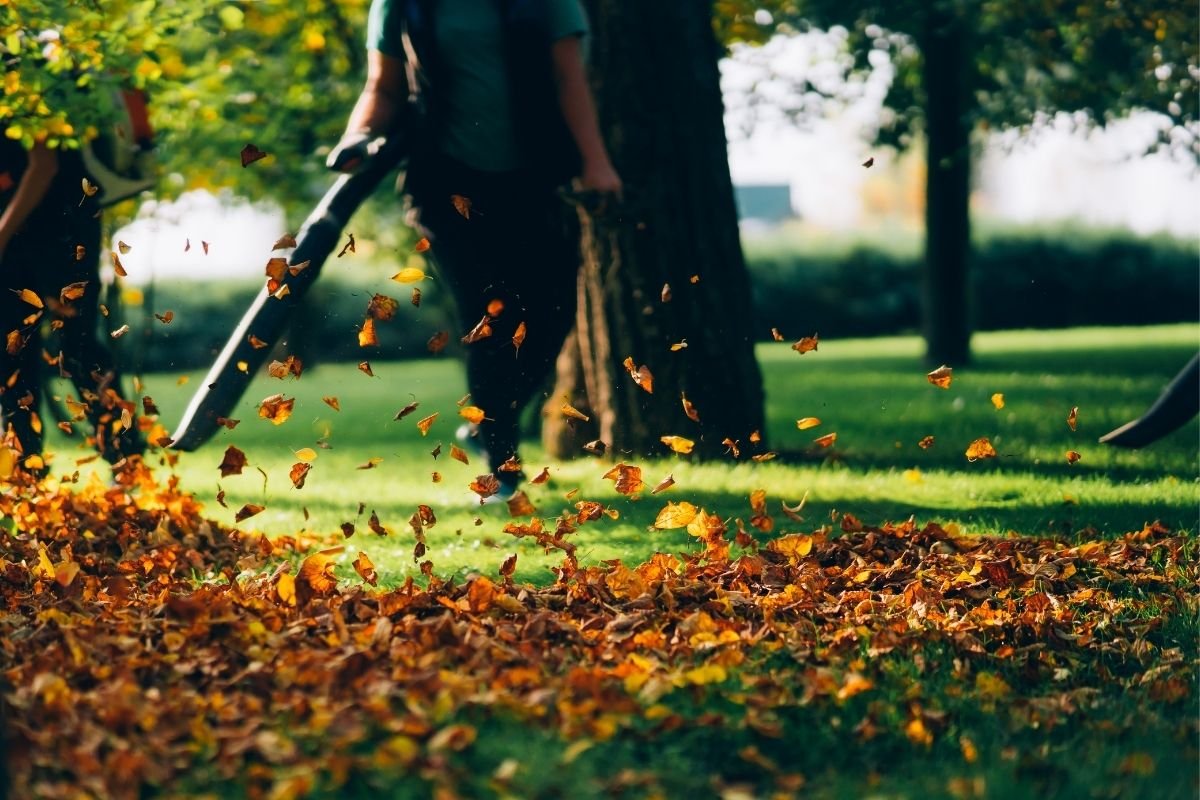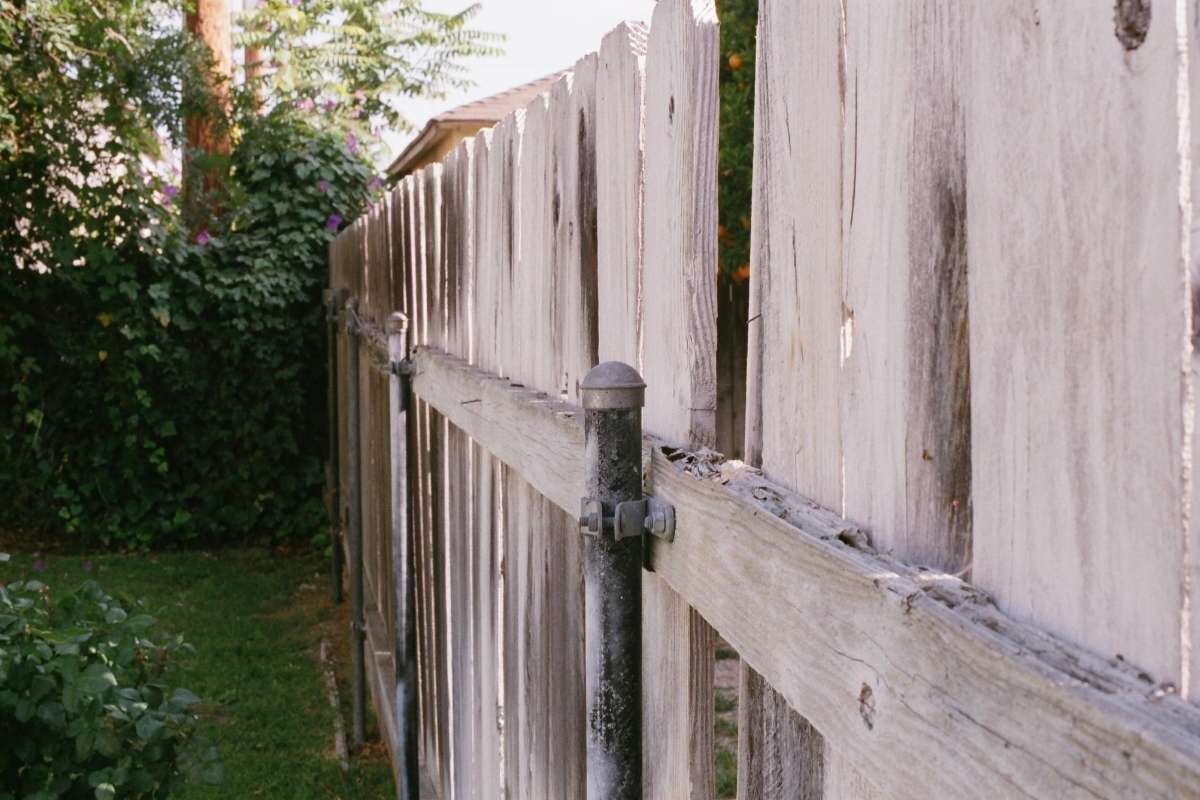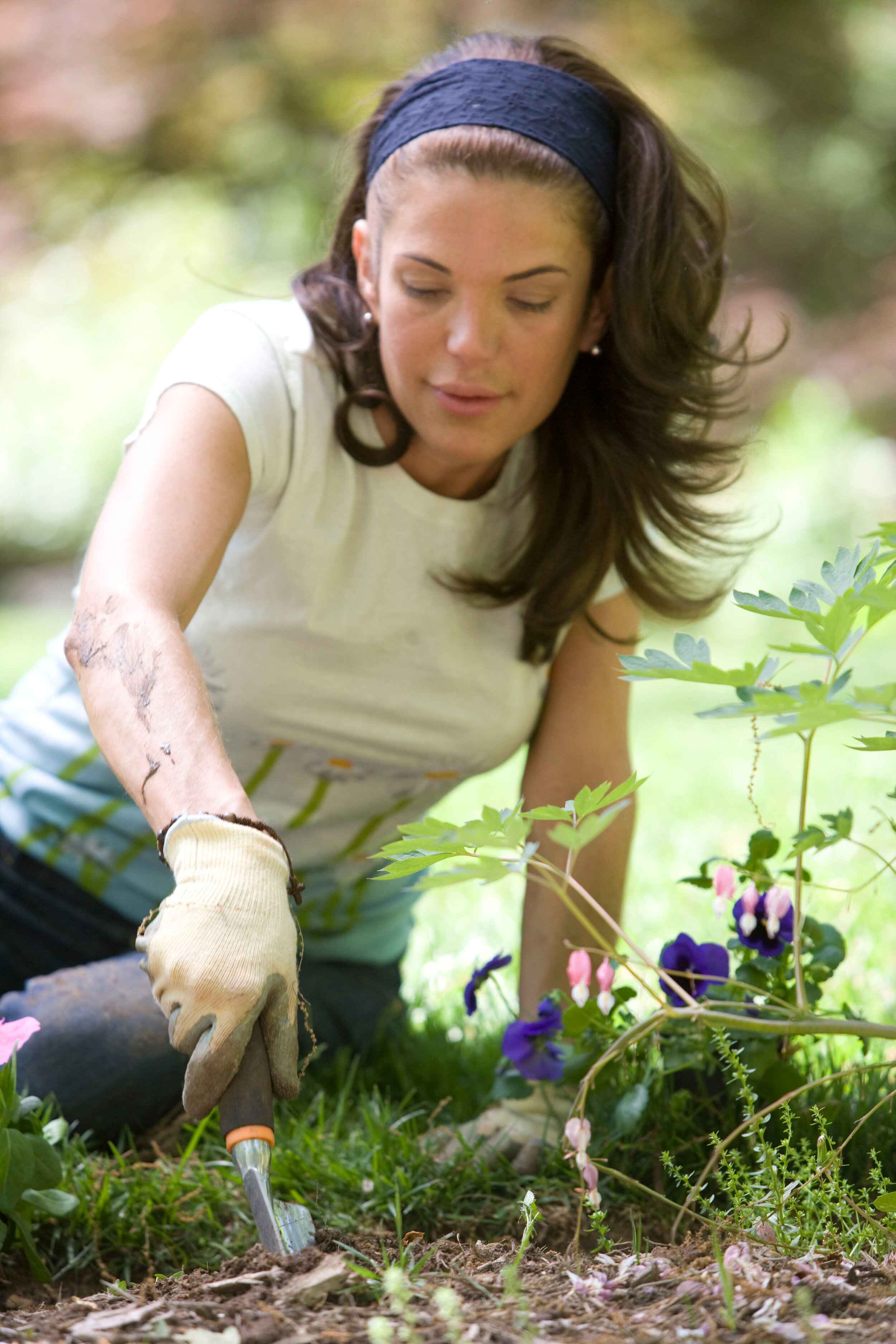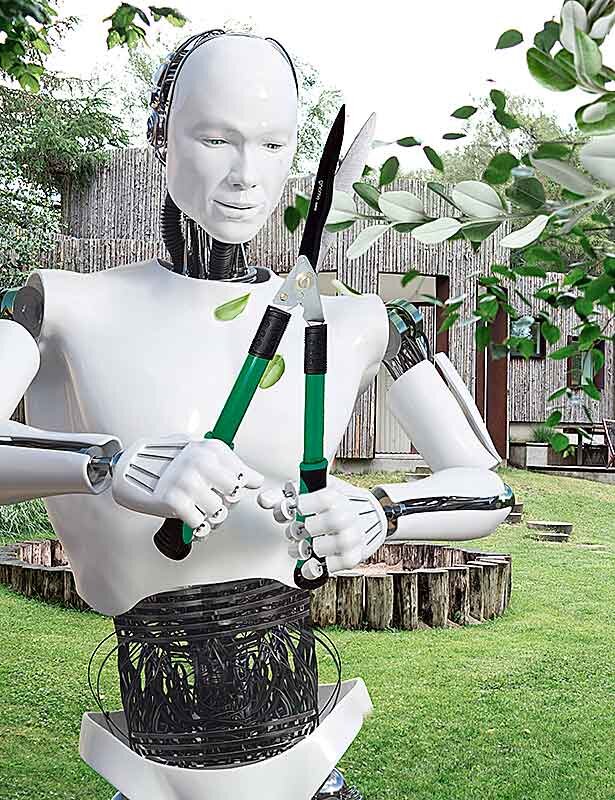Fencing plays a significant role in our overall property’s design. Not only are they there to keep our pets and kids safe, but they act as a boundary line and a backdrop for the edges of our property. Still, not everyone is blessed with a beautiful fence that attracts the eye for the right reasons. Do you have an ugly backyard fence you need to hide? Read on to find out what you can do.
Remove or renovate it
Before we get into the many different methods for hiding your fence, it’s worth checking out the more drastic options that might be available, as well. If the fence is in a state of disrepair or is ugly beyond help, then it might be worth looking at your choices surrounding renovation and repair.
Under the Fencing Act 1978, a fence on a common boundary is a 50/50 cost between both neighbours who border it. So, if you have a great relationship with your neighbours, you may like to talk to them about the type of new fence you could install that would benefit from both properties.
There’s a process to follow, and you may ultimately discover that removal or renovation is not the best option for you. Particularly if the fence has merely been hit with the ugly stuck, rather than having anything structurally wrong with it.
Plant trees
A fence can act as a much-needed form of security and privacy, but you don’t have to see if it if you don’t want to. Talk to your local lawn care and landscaping expert about the types of trees you can plant along your fence line. Trees that can at least reach the height of your fence may be an option worth considering.
There are some excellent fast-growing varieties, such as bamboo, that may be able to meet the mark. Bamboo can grow around 91cm daily, and reach heights of around 40 metres. Hedge tree varieties may also be worth looking at, such as camellia, michelia figo, and photinia. If you think you could benefit from soundproofing, then michelia figo is a popular option.
Plant shrubs and bushes
Shrubs and bushes are more excellent options for hiding an ugly fence, particularly the dense variety. Something like Silver Sheen or James Stirling has enough height to hide a fence, but also leaf density to stop you from seeing through it.
Little Gem Magnolia has been a Kiwi preference for many years, too. It has beautiful glossy green leaves, white flowers, and it suits the climates of most parts of the country.
As long as you plant it in well-draining soil with a bit of sun and shade, it will thrive. In fact, it can even grow up to four metres high and around 2.5 metres wide. Just know that this plant has been considered ‘high maintenance’ and tends to grow a little too well.
Consider climbing vines
If you can attach some trellis or netting to your ugly fence, then there’s every reason to believe that climbing vines can take care of the problem. Instead of looking at an awful fence, you can set your sights on some lovely climbing vines, instead. Climbing roses can offer a much-needed burst of colour, while star jasmine can be trained to provide both ground and fence cover.
However, getting climbing plants and vines started can take a little bit of care until they “take off”. They grow best with their flowers in the sun and their roots in cold soil.
You may also need to plant them in a mixture of slow-release fertiliser (or blood and bone) and compost. Fine bark or mulch can help to keep the moisture in your soil and the weeds out of it. You will also need a reasonably stable structure, so choose a type of trellis or netting with plenty of support.
Add privacy screens
If you don’t want to wait for plants or trees to grow, then privacy screens are worth a closer look. Consider a premade brush fencing that you can attach to your current ugly fence. You can also buy bamboo privacy fencing and wooden privacy screens that can solve the problem immediately.
The best part about privacy screens is that you don’t have to be a fencing expert to put them up. You don’t even have to be DIY-savvy. You can call upon the help of a local landscaping expert, or attach them to your fencing yourself.
Ugly backyard fence be gone!
You won’t always have control over the fences that border your property. Some people may even have more than one ugly fence to deal with, as well. Fortunately, if you can’t replace your fence under the Fencing Act 1978, then you at least have a few other options up your sleeve. Why not consider any of these top tips above? Ugly backyard fence be gone!








